How to Grow Edible Mushrooms at Home
Edible mushrooms are a delicious and nutritious addition to any meal. They are also surprisingly easy to grow at home, whether you have a large outdoor space or just a small apartment balcony. In this article, we will guide you through the process of growing edible mushrooms at home.
Types of Edible Mushrooms
There are many different types of edible mushrooms that you can grow at home, including:
- Oyster mushrooms
- Shiitake mushrooms
- Button mushrooms
- Portobello mushrooms
- Maitake mushrooms
- Lion’s mane mushrooms
Each type of mushroom has its own unique flavor and texture, so it’s worth experimenting to find your favorites.
The Benefits of Growing Your Own Mushrooms
Not only are homegrown mushrooms fresher and more flavorful than store-bought ones, but growing your own mushrooms also has several other benefits:
- You can save money by growing your own instead of buying them at the store
- You have control over the growing process and can ensure that your mushrooms are free from pesticides and other harmful chemicals
- Growing mushrooms is a fun and rewarding hobby
Now that you know the benefits of growing your own mushrooms, let’s dive into the process of how to do it.
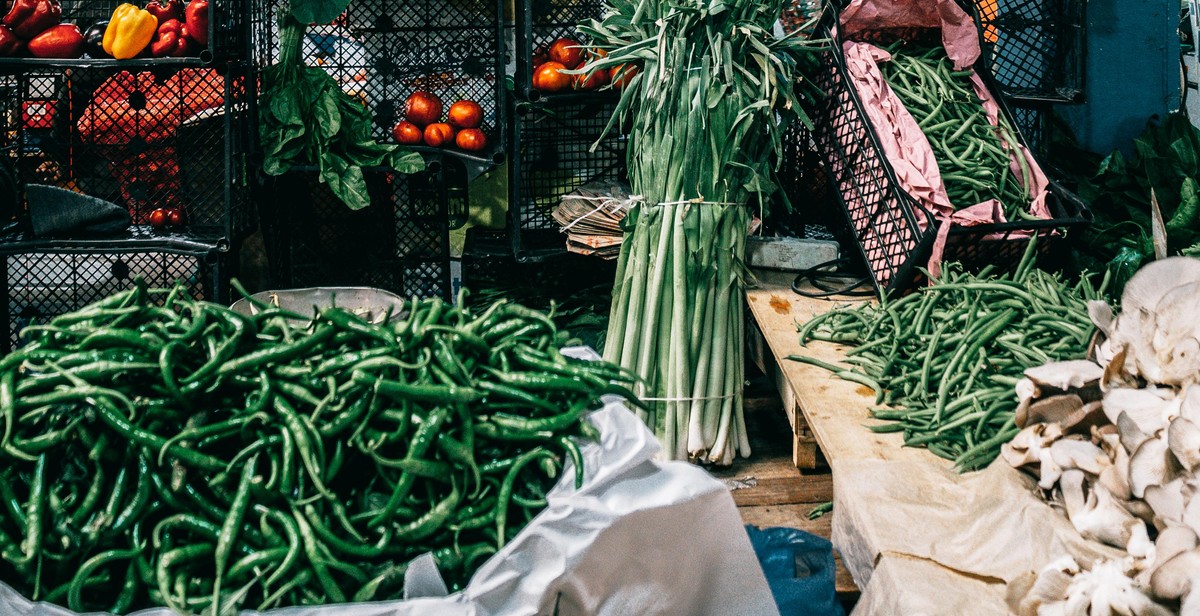
Understanding Edible Mushrooms
Edible mushrooms are fungi that can be consumed as food. They are widely used in various cuisines worldwide due to their unique flavor and nutritional value. Edible mushrooms can be found in different shapes, sizes, and colors, ranging from white button mushrooms to exotic varieties like shiitake, oyster, and portobello mushrooms.
Benefits of Growing Edible Mushrooms at Home
Growing edible mushrooms at home is an excellent way to enjoy fresh and organic produce. Here are some benefits of growing edible mushrooms at home:
- Health Benefits: Edible mushrooms are low in calories and high in protein, fiber, and essential vitamins and minerals like vitamin D, B vitamins, and selenium. They are also rich in antioxidants and have anti-inflammatory properties, which can help boost the immune system and prevent chronic diseases like cancer, heart disease, and diabetes.
- Cost-Effective: Growing edible mushrooms at home is a cost-effective way to enjoy fresh produce without having to spend a lot of money on store-bought mushrooms.
- Sustainable: Mushrooms are easy to grow and require minimal resources, making them a sustainable food source. They can be grown indoors or outdoors, and the growing process generates very little waste.
- Freshness: Homegrown mushrooms are fresher and more flavorful than store-bought mushrooms, which can lose their freshness and nutritional value during transportation and storage.
Overall, growing edible mushrooms at home is a fun and rewarding hobby that can provide numerous health and environmental benefits.
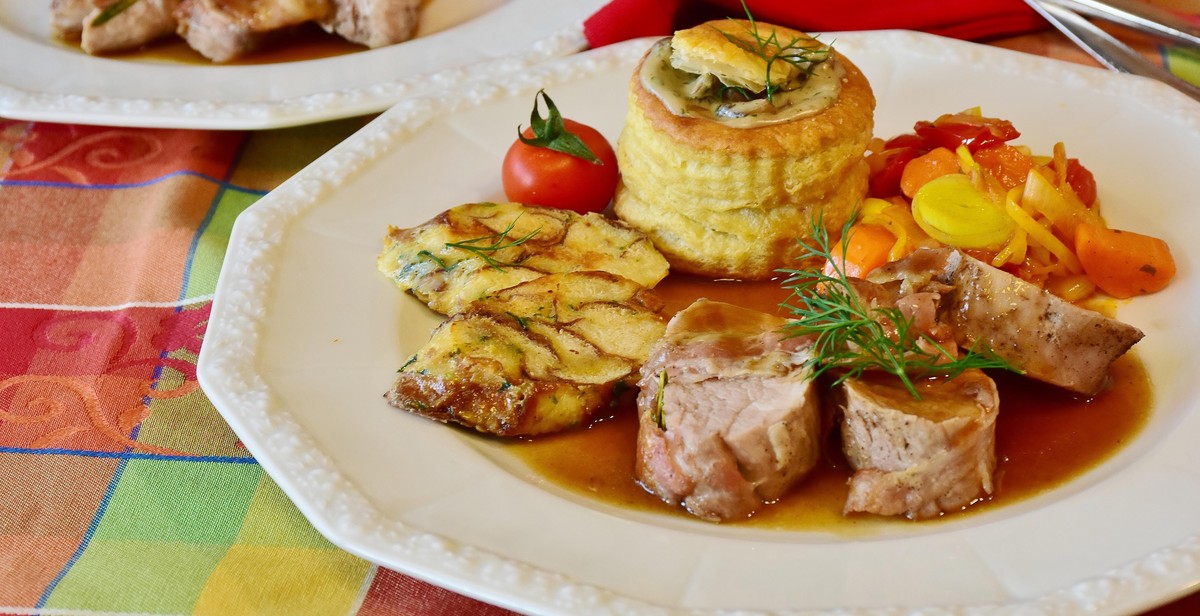
Types of Edible Mushrooms
There are many types of edible mushrooms, but some of the most popular ones that can be grown at home include Oyster mushrooms, Shiitake mushrooms, and Button mushrooms.
Oyster Mushrooms
Oyster mushrooms are one of the most popular and easiest types of mushrooms to grow at home. They come in a variety of colors, including white, gray, and brown, and have a delicate flavor and texture. Oyster mushrooms grow best on a substrate of straw or sawdust, and they require high humidity and low light levels to thrive.
Shiitake Mushrooms
Shiitake mushrooms are a popular ingredient in many Asian dishes and have a meaty texture and rich flavor. They are typically grown on logs or blocks made from sawdust and require a slightly cooler temperature and lower humidity than oyster mushrooms. Shiitake mushrooms are also known for their medicinal properties and are believed to boost the immune system.
Button Mushrooms
Button mushrooms are the most commonly consumed mushroom in the United States. They have a mild flavor and firm texture and are often used in salads, soups, and stews. Button mushrooms are typically grown on composted manure or a mixture of straw and horse manure, and they require a cooler temperature and higher humidity than oyster mushrooms.
| Mushroom | Flavor | Texture | Substrate | Temperature | Humidity |
|---|---|---|---|---|---|
| Oyster | Delicate | Soft | Straw or Sawdust | 70-75°F | 85-90% |
| Shiitake | Meaty | Firm | Logs or Sawdust Blocks | 55-60°F | 80-85% |
| Button | Mild | Firm | Composted Manure or Straw/Horse Manure Mix | 55-60°F | 90-95% |
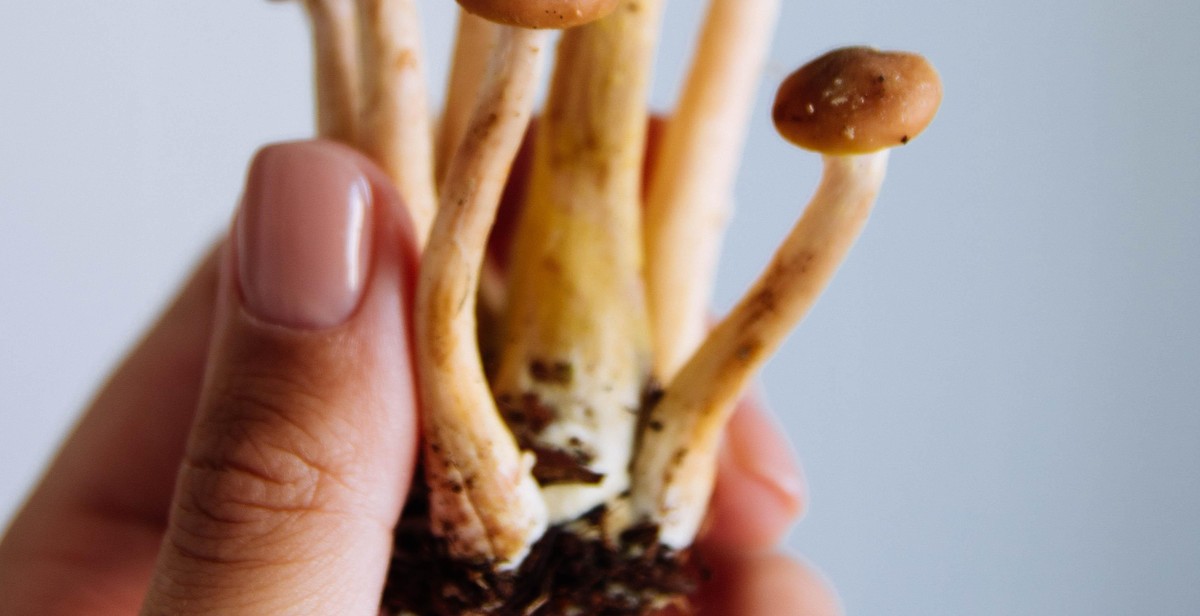
Preparing for Edible Mushroom Cultivation
Before you start growing edible mushrooms at home, there are a few things you need to consider and prepare for. These include choosing the right strain, selecting the right growing medium, and creating the optimal environment for your mushrooms to thrive.
Choosing the Right Strain
The first step in preparing for edible mushroom cultivation is to choose the right strain. There are many different strains of edible mushrooms available, each with its own unique characteristics and growing requirements. Some of the most popular strains include shiitake, oyster, and lion’s mane mushrooms.
When selecting a strain, consider factors such as the temperature and humidity requirements, as well as the taste and texture of the mushroom. Some strains are easier to grow than others, so if you are a beginner, it may be best to start with a more forgiving strain.
Selecting the Right Growing Medium
The next step is to select the right growing medium. Edible mushrooms can be grown on a variety of substrates, including sawdust, straw, and coffee grounds. Each substrate has its own advantages and disadvantages, so it is important to choose one that is suitable for your chosen strain and growing environment.
Some substrates require more preparation than others, so be sure to read up on the specific requirements of your chosen substrate before getting started. You may also want to consider purchasing a pre-made mushroom growing kit, which can simplify the process and provide you with all the necessary materials.
Creating the Optimal Environment
Finally, it is important to create the optimal environment for your mushrooms to grow. This includes providing the right temperature, humidity, and light conditions, as well as ensuring proper air circulation and ventilation.
Most edible mushrooms require a warm, humid environment to thrive, so you may need to invest in a humidifier or misting system to maintain the necessary moisture levels. You may also need to monitor the temperature and adjust it as needed, especially if you live in a colder climate.
By carefully selecting the right strain, growing medium, and environment, you can set yourself up for success in cultivating your own delicious and nutritious edible mushrooms at home.
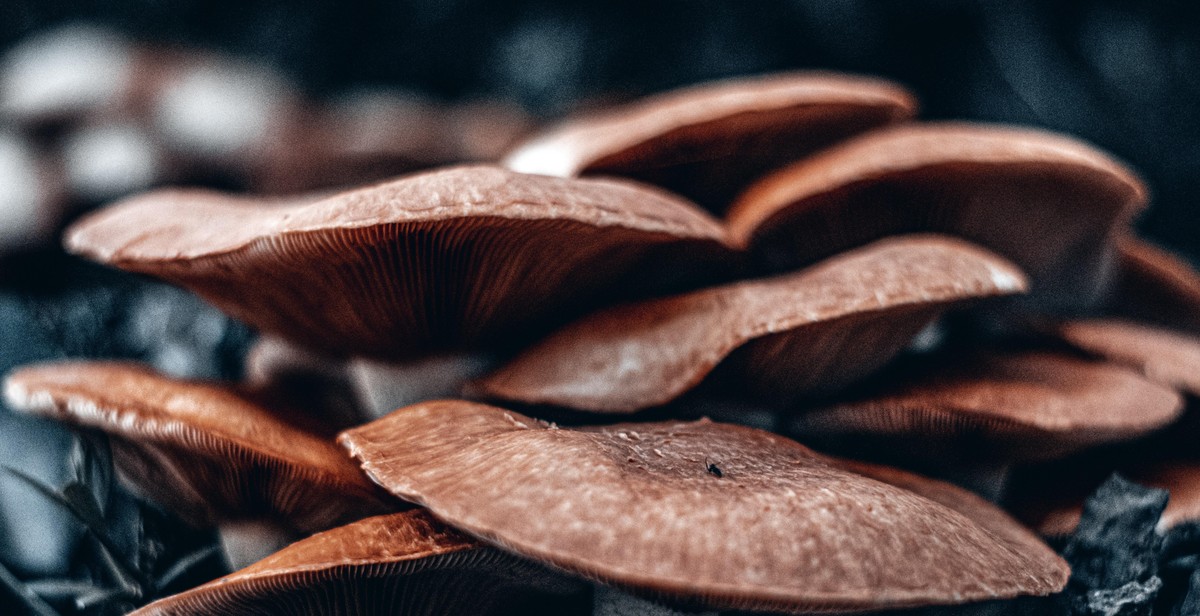
Growing Edible Mushrooms
Edible mushrooms can be grown at home with the right growing medium, proper care, and harvesting techniques. Here are the steps to grow your own mushrooms:
Inoculating the Growing Medium
The growing medium is the material in which the mushrooms will grow. It can be made from a variety of materials, including straw, sawdust, and coffee grounds. The growing medium needs to be sterilized before inoculation to prevent contamination from other fungi or bacteria. Once the growing medium is sterilized and cooled, mushroom spores or spawn can be added to it. The spores or spawn will eventually grow into mycelium, which will produce mushrooms.
Caring for the Mushrooms
After inoculating the growing medium, it needs to be kept in a dark, humid environment with a stable temperature. The ideal temperature for most edible mushrooms is between 60°F and 70°F. The growing medium needs to be kept moist, but not too wet, to prevent mold growth. Light can inhibit mushroom growth, so it’s important to keep the growing area dark until the mushrooms are ready to be harvested.
Harvesting the Mushrooms
Mushrooms can be harvested once they have reached their mature size. This varies depending on the type of mushroom, but most will be ready to harvest within a few weeks to a few months. The mushrooms should be gently twisted or cut off the growing medium. It’s important to harvest the mushrooms before they release their spores, as this can decrease the yield of future harvests. After harvesting, the growing medium can be used to grow more mushrooms or composted.
| Mushroom Variety | Growing Medium |
|---|---|
| Button mushrooms | Composted manure or straw |
| Shiitake mushrooms | Oak logs or sawdust |
| Oyster mushrooms | Straw or coffee grounds |
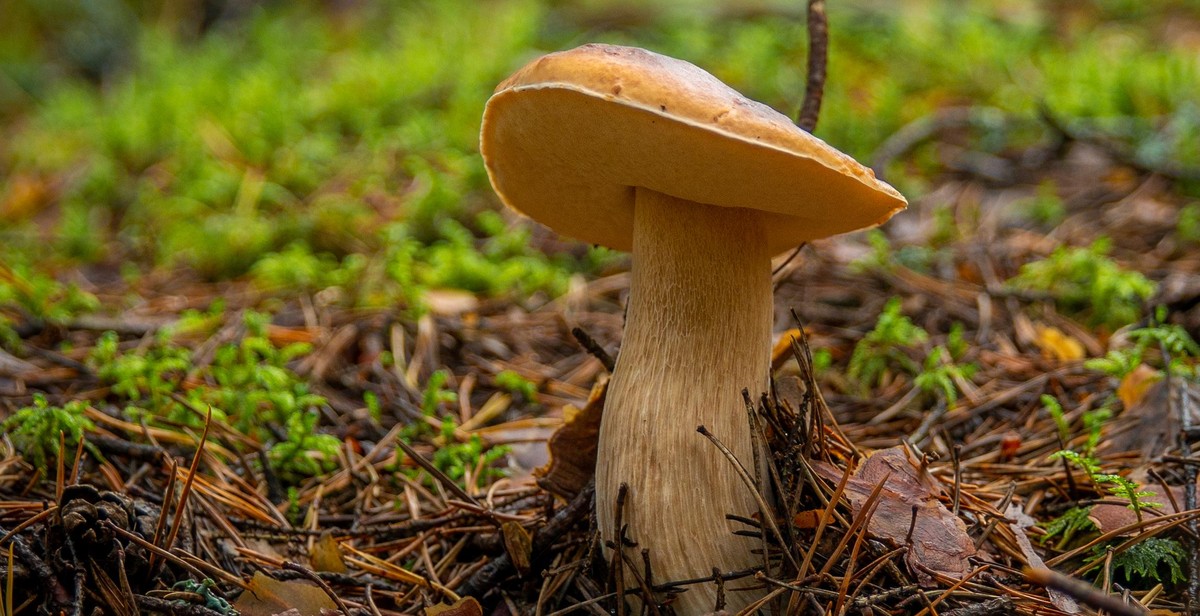
Troubleshooting and Maintenance
Common Issues
Even with proper care and attention, growing edible mushrooms at home can sometimes present challenges. Here are some common issues that you may encounter:
- Contamination: One of the most common problems when growing mushrooms is contamination. This can happen when unwanted bacteria, mold, or other fungi invade your growing environment. To prevent contamination, be sure to sterilize your equipment and growing medium before starting your mushroom cultivation. Keep your growing area clean and free of debris, and avoid introducing any foreign materials into your growing containers.
- Poor Growth: If your mushrooms are not growing as expected, there may be several reasons why. It could be due to insufficient moisture, improper temperature, or inadequate lighting. Check your growing conditions to ensure they are within the recommended range for your mushroom species. Also, be sure to follow the proper steps for inoculating your growing medium and maintaining the correct humidity levels.
- Insect Infestation: Some types of insects, such as mites and flies, can be attracted to mushroom growing environments. These pests can damage your mushrooms and reduce your yield. To prevent insect infestations, keep your growing area clean and free of debris. You can also use natural pest control methods, such as neem oil or diatomaceous earth, to deter insects from your growing containers.
Preventative Maintenance
To ensure the success of your mushroom cultivation, it is important to perform regular preventative maintenance. Here are some tips for keeping your growing environment healthy:
- Clean Your Equipment: Before starting a new batch of mushrooms, be sure to thoroughly clean and sterilize your equipment. This will help prevent contamination and ensure a healthy growing environment.
- Monitor Temperature and Humidity: Mushrooms require specific temperature and humidity conditions to grow properly. Use a thermometer and hygrometer to monitor your growing environment, and make adjustments as needed.
- Keep Your Growing Area Clean: Regularly clean your growing area to prevent the buildup of debris and contaminants. Use a disinfectant solution to wipe down surfaces and containers.
- Inspect Your Mushrooms: Regularly check your mushrooms for signs of contamination or insect damage. If you notice any issues, take corrective action immediately to prevent further damage.
| Issue | Preventative Maintenance |
|---|---|
| Contamination | Sterilize equipment and growing medium, keep growing area clean, avoid introducing foreign materials |
| Poor Growth | Check growing conditions, maintain proper humidity levels, follow proper inoculation steps |
| Insect Infestation | Keep growing area clean, use natural pest control methods |

Conclusion
Growing edible mushrooms at home is a rewarding and sustainable hobby that can provide you with fresh and nutritious food all year round. Whether you are a beginner or an experienced gardener, there are many different methods and techniques you can use to cultivate a wide variety of mushroom species in your own home.
When starting out, it is important to choose the right type of mushroom for your needs and to create a suitable growing environment that provides the right temperature, humidity, and light conditions. You can grow mushrooms indoors or outdoors, depending on your space and resources, and use a variety of substrates and containers to enhance their growth and yield.
While there are many challenges and potential pitfalls to growing mushrooms at home, with the right knowledge and practice, you can overcome them and enjoy a bountiful harvest of fresh and delicious mushrooms. By following the tips and techniques outlined in this article, you can start your own mushroom garden and discover the joys of growing your own food.
Key Takeaways
- Choose the right type of mushroom for your needs
- Create a suitable growing environment with the right temperature, humidity, and light conditions
- Use a variety of substrates and containers to enhance growth and yield
- Overcome challenges and pitfalls with knowledge and practice
- Enjoy a bountiful harvest of fresh and delicious mushrooms
Additional Resources
If you’re interested in learning more about growing edible mushrooms at home, here are some additional resources to help you get started:
| Resource | Description |
|---|---|
| North American Mycological Association | A non-profit organization dedicated to the study and enjoyment of mushrooms |
| The Mushroom Cultivator | A comprehensive guide to mushroom cultivation by Paul Stamets and J.S. Chilton |
| Shroomery | An online community and resource for mushroom cultivators |
